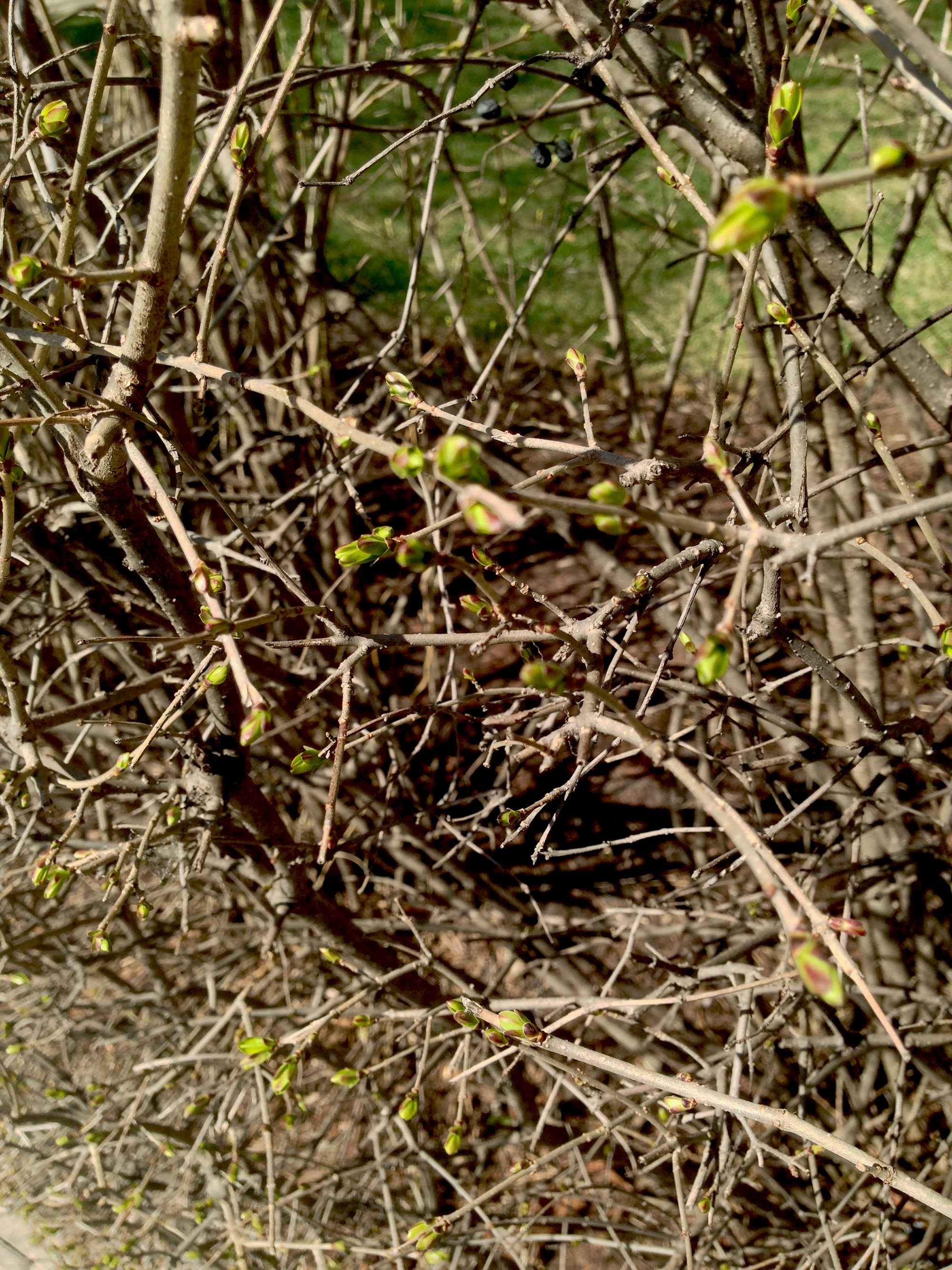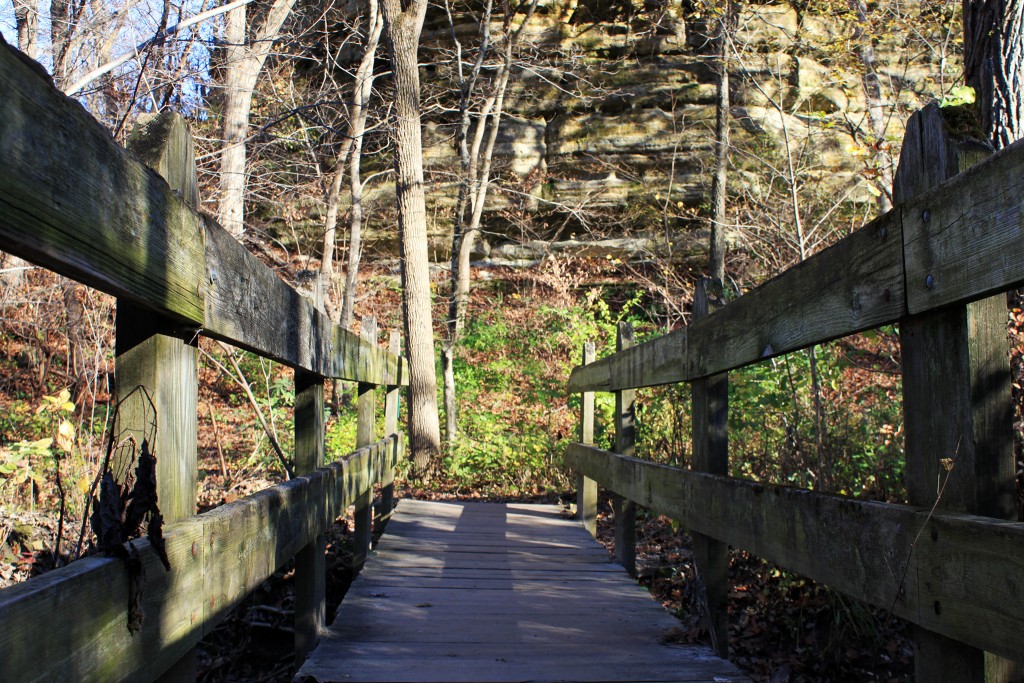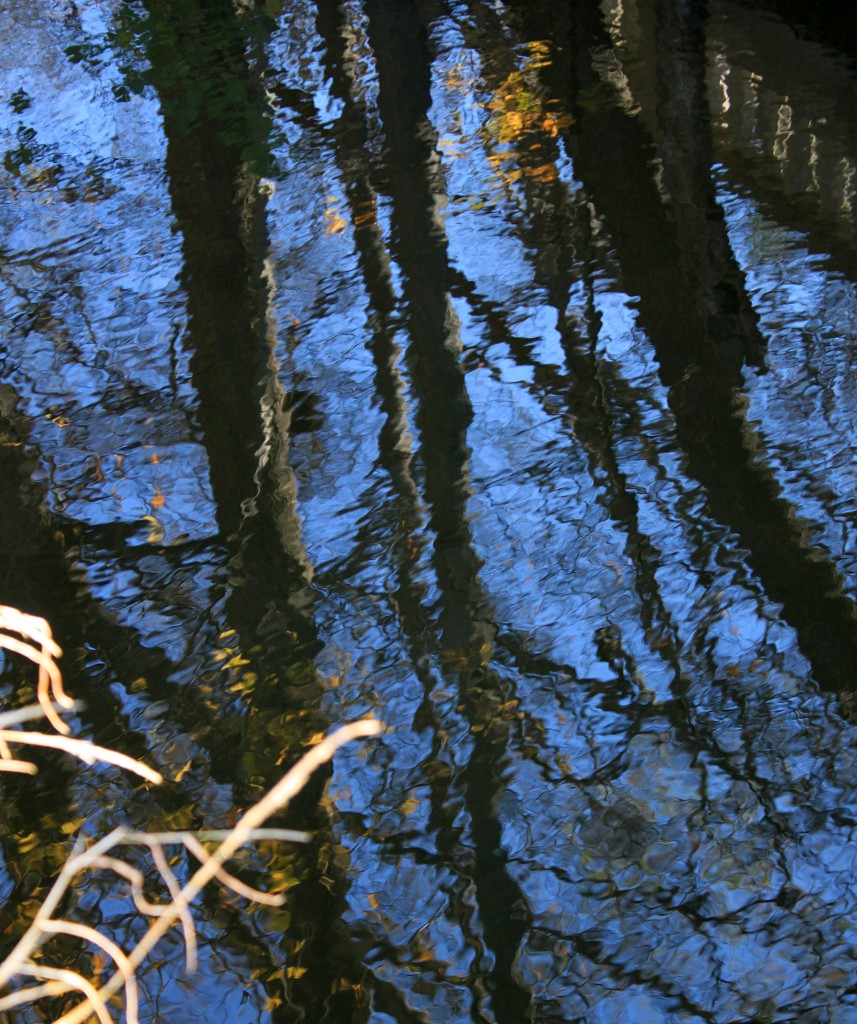City noises

We live on a busy street in Chicago. These two lanes cut through most of the north and south sides, and are often used a backup for drivers routing around the city’s endless construction. There’s usually a steady flow of traffic, pedestrian revelry, ambulance sirens, window-shaking bass, and reggaetón. In short, it can get loud.
When I first moved into the apartment, I didn’t know how I was going to handle all the noise. Even with the windows closed, the sounds aren’t muted completely, just muffled. My first few months of opening the front door was enough to routinely startle and distress. Five years have since passed. And though the noise is still there, now I’m pretty used to it. Wooden floor squeaks and blender rumbles mix with the constant din of the city beyond.

Mornings mean breakfast in the east-facing kitchen, where we turn sleepy faces toward the hot sun and watch, swaying in the breeze, a quarter mile of treetops. The loud concrete crackle in front of our apartment becomes a quiet green echo in back, the sounds softening through the filter of wind and leaves. Occasionally we can hear the distant roar of the El train and the hefty puff of a passing bus, but what we hear most is birds.
The birds were here as soon as the word ‘spring’ shivered on the city’s tongue. The giant tree next door was brought down last fall, so now our towering callery pear tree serves as the avian highrise for so many pairs of tiny wings. The tree’s leaves fill in more with every warm day. Hidden by foliage, we rarely see the birds, but by our ears we know they’re there.

There’s one we hear so clearly. Her plaintive song rebounds against our brick building and pierces through the chirping clamor. It’s loud and unmistakeable. Three minor notes, descending in order, held long until they warble. I haven’t heard her before this year. Maybe the extended cold spring keeps her here longer than nature would have wanted. Some furious internet research led me to believe she’s a golden-crowned sparrow, a western bird that typically flies north and south along the Pacific coast, but whose habitat appears to be expanding east. An expansion, I assume, motivated by the extreme fluctuations of our new weather norms.
Along with the rattle of a faulty engine and the soaring sweep of an airplane overhead, I keep an ear out. For the sparrow. For her three long notes. For the shuffle of a warm breeze through green coin leaves. For the trickle of a hose, feeding budding sprouts in the raised bed nextdoor. For the clink-sigh of a beer can opening on a nearby patio, and the sizzle of a steak on a neighbor’s dusty grill. For the cement crack and hard wood drill of construction machinery across the street. For the car horns and the geese honks, drifting through an open window on a cool pink evening.

























































